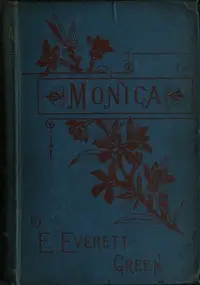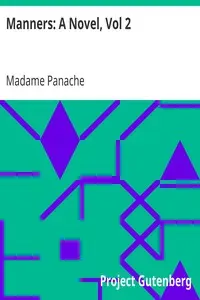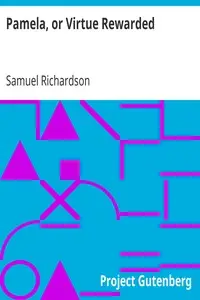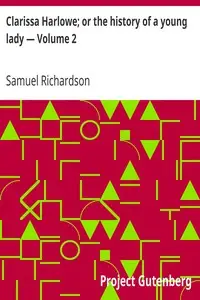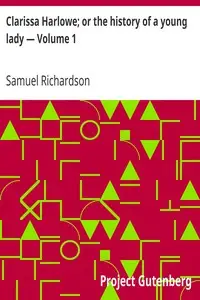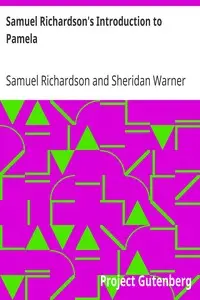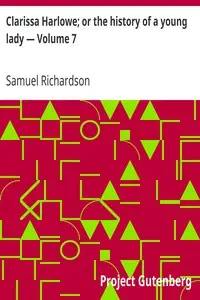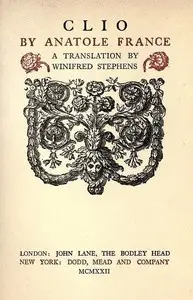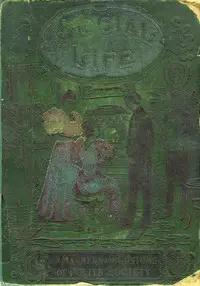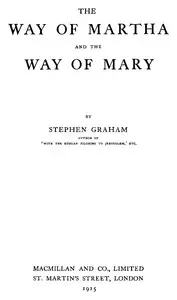"Pamela, Volume II" by Samuel Richardson continues the saga of Pamela Andrews as she adapts to married life in the early 1700s, exploring the complexities of her relationship with Mr. B and her new societal position. Beginning with a reflection on the first volume's success and a preview of continued virtue, the story chronicles Pamela’s experiences as a wife, mother, and daughter, as revealed through her letters to family. Family ties strengthen as Mr. B demonstrates his generosity towards Pamela's parents. The narrative reveals Pamela’s character when faced with challenges to her virtue and highlighting the expectations placed upon women during this time, emphasizing themes of gratitude, social responsibility, and the transformative power of love.
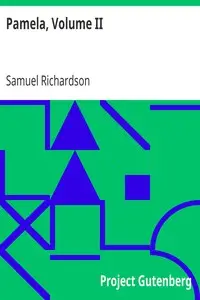
Pamela, Volume II
By Samuel Richardson
As a woman navigates the complexities of marriage and society in 18th-century England, her virtue is tested, her family bonds are strengthened, and her social standing is solidified.
Summary
About the AuthorSamuel Richardson was an English writer and printer known for three epistolary novels: Pamela; or, Virtue Rewarded (1740), Clarissa: Or the History of a Young Lady (1748) and The History of Sir Charles Grandison (1753). He printed almost 500 works, including journals and magazines, working periodically with the London bookseller Andrew Millar. Richardson had been apprenticed to a printer, whose daughter he eventually married. He lost her along with their six children, but remarried and had six more children, of whom four daughters reached adulthood, leaving no male heirs to continue the print shop. As it ran down, he wrote his first novel at the age of 51 and joined the admired writers of his day. Leading acquaintances included Samuel Johnson and Sarah Fielding, the physician and Behmenist George Cheyne, and the theologian and writer William Law, whose books he printed. At Law's request, Richardson printed some poems by John Byrom. In literature, he rivalled Henry Fielding; the two responded to each other's literary styles.
Samuel Richardson was an English writer and printer known for three epistolary novels: Pamela; or, Virtue Rewarded (1740), Clarissa: Or the History of a Young Lady (1748) and The History of Sir Charles Grandison (1753). He printed almost 500 works, including journals and magazines, working periodically with the London bookseller Andrew Millar. Richardson had been apprenticed to a printer, whose daughter he eventually married. He lost her along with their six children, but remarried and had six more children, of whom four daughters reached adulthood, leaving no male heirs to continue the print shop. As it ran down, he wrote his first novel at the age of 51 and joined the admired writers of his day. Leading acquaintances included Samuel Johnson and Sarah Fielding, the physician and Behmenist George Cheyne, and the theologian and writer William Law, whose books he printed. At Law's request, Richardson printed some poems by John Byrom. In literature, he rivalled Henry Fielding; the two responded to each other's literary styles.

